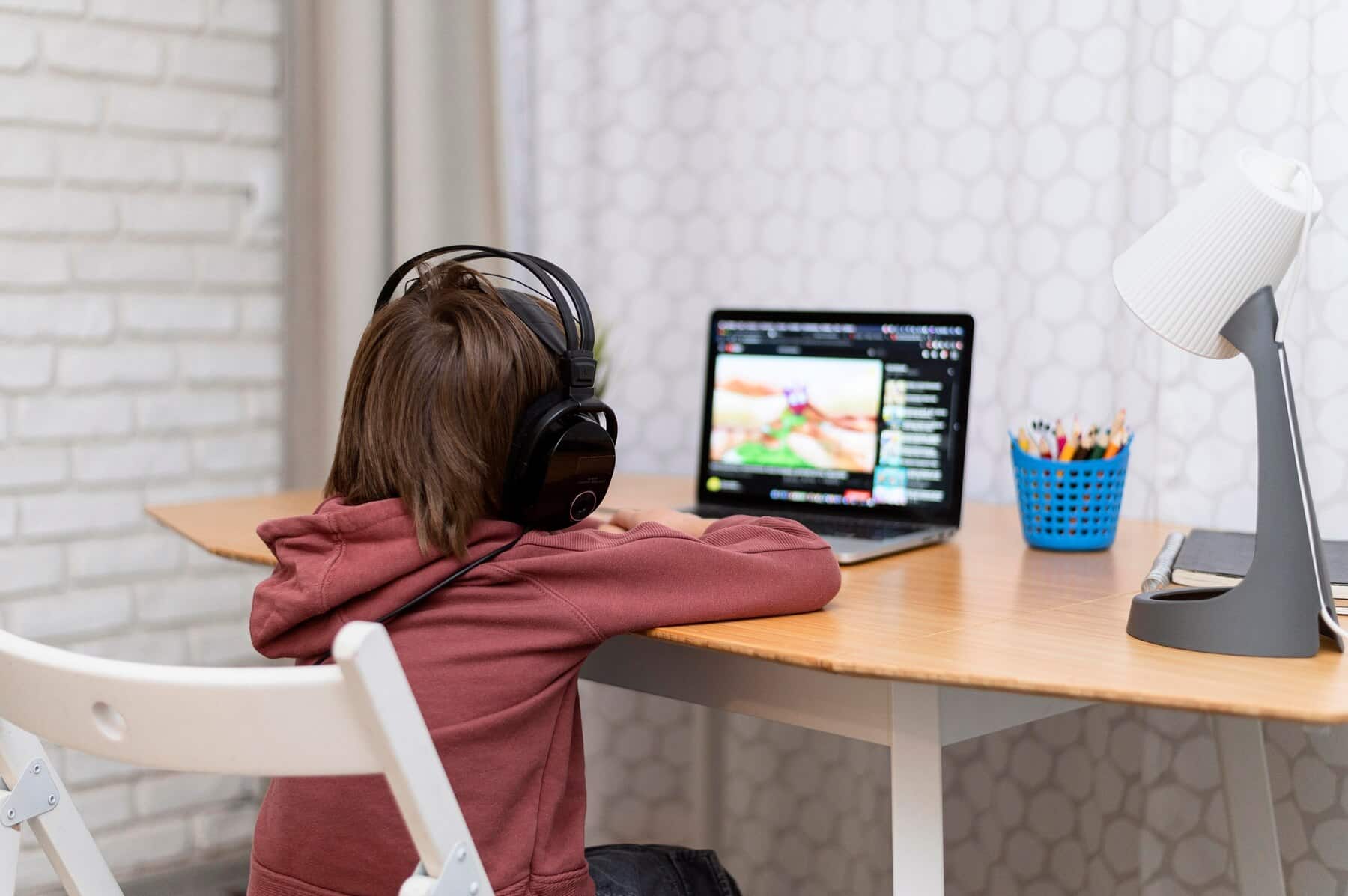
Gamification in Online Learning: Does It Really Work?
Recently, technology has changed education a lot. A key development in online learning is adding gamification. Educators want to make learning more engaging. A key question is: Does gamification in online learning really work? This blog looks at gamification. It explores how game-based learning can change education. It also evaluates how effective it is in improving learning outcomes.
Gamification uses game-design elements in places outside of games. It’s becoming popular in many fields, including education. Gamification makes learning enjoyable. It adds points, leaderboards, and badges to educational content. However, despite its growing popularity, sceptics still question its efficacy. This blog looks at gamification in education. It covers its benefits, challenges, and potential pitfalls.

Key Benefits / Why It Matters
Enhancing Engagement and Motivation
Gamification in education has become popular. It increases student engagement and motivation. Traditional teaching methods can be boring. This often causes students to lose interest and disengage. Game-based learning adds fun and competition, so it can really boost motivation. Motivated students tend to join in more and remember things better.
Research has shown that gamification can improve learning outcomes by increasing student engagement. A study from the University of Colorado showed that students in gamified courses scored 14% higher in skill assessments. They also scored 11% higher in knowledge assessments compared to students in non-gamified courses. Gamification can make learning more fun and effective.
Facilitating Personalised Learning
Gamification also allows for a more personalised learning experience. Educators can use adaptive learning technologies. This helps them customize content for each student’s needs and preferences. This approach keeps learners engaged. They won’t be bored by easy material or overwhelmed by tough content. Game-based learning platforms can create personalised learning paths. This lets students learn at their own pace and get instant feedback on how they’re doing.
Encouraging Collaboration and Social Interaction
Gamification in education also promotes collaboration and social interaction among learners. Many game-based learning platforms have features that boost teamwork. They offer group challenges and activities for solving problems together. These elements improve learning. They also help students build key soft skills like communication, teamwork, and critical thinking.
Step-by-Step Guide / Actionable Insights
Implementing Gamification in Online Learning
Step 1: Define Learning Objectives
Before adding gamification to an online learning program, define clear learning goals. Teachers should find out what skills and knowledge students want to learn. Then, they should make sure the game elements match these goals. This step is key. It makes sure gamification boosts the learning experience instead of harming it.
Step 2: Choose the Right Game Elements
Not all game elements are suitable for every educational context. Educators should carefully select the game mechanics that best support their learning objectives. Common elements include points, badges, leaderboards, and progress bars. Balancing competition and collaboration is key for a positive learning environment.
Step 3: Integrate Technology
Educators must leverage technology effectively to successfully implement gamification in online learning. This could include learning management systems (LMS) with gamification features or separate game-based learning platforms. These tools can help track student progress, provide feedback, and facilitate learner communication.
Step 4: Monitor and Evaluate
Monitoring and evaluating are key to understanding how well gamification works in online learning. Teachers should regularly gather student feedback and review performance data. This helps in spotting areas that need improvement. This process helps keep the gamified elements useful and effective for reaching the learning goals.

Additional Expert Tips & Common Mistakes to Avoid
Best Practices for Gamification in Education
To maximise the benefits of gamification, educators should consider the following best practices:
- Start Small: Begin with a pilot programme to test the effectiveness of gamification before scaling up. This approach allows for adjustments based on feedback and performance data.
- Focus on Intrinsic Motivation: Extrinsic rewards, like points and badges, can motivate. But it’s important to build intrinsic motivation. This means creating meaningful and engaging learning experiences.
- Make It Accessible: Gamified content must be available to all learners. This includes those with different abilities and those with limited tech resources. This may involve providing alternative formats or ensuring compatibility with assistive technologies.
Common Pitfalls to Avoid
Despite its potential benefits, gamification in education can be challenging to implement effectively. Educators should be mindful of the following common pitfalls:
- Too Much Focus on Competition: A heavy emphasis on competition can cause stress and anxiety in students. Balancing competition and collaboration is key. It helps build a supportive learning environment.
- Neglecting Educational Value: Gamification should enhance the learning experience, not overshadow it. Educators need to make sure game elements match educational goals. They should also support real learning.
- Ignoring Feedback: Student feedback is invaluable in refining gamified learning experiences. Educators should actively seek and incorporate feedback to improve the effectiveness of gamification.
Advanced Insights / Expert Recommendations
The Future of Gamification in Education
As technology continues to evolve, so too will the potential for gamification in education. Emerging tech like virtual reality (VR) and augmented reality (AR) offers fresh ways to create engaging and interactive learning experiences. These technologies boost gamification. They offer realistic simulations and scenarios. This lets students use their knowledge in real-life situations.
Using artificial intelligence (AI) in game-based learning makes the experience more personal. AI algorithms can analyze student performance. They adapt content and give personalized feedback. This way, learners get the support they need to succeed.

Unlocking the Potential of Gamification in Education
Gamification in online learning can greatly boost student engagement, motivation, and learning results. Teachers can make learning fun and impactful by using games and technology. It’s important to approach gamification carefully. Focus on matching game elements with learning goals. This helps create a positive learning environment.
As we move forward, the potential for gamification in education will only continue to grow. Educators and institutions should embrace innovation. They need to adapt to new technologies and methods. This way, they can use gamification to change education and help students succeed in a changing world.
Are you ready to embrace the future of education through gamification? Please share your thoughts and experiences in the comments below. Let’s keep talking about how game-based learning can change education.